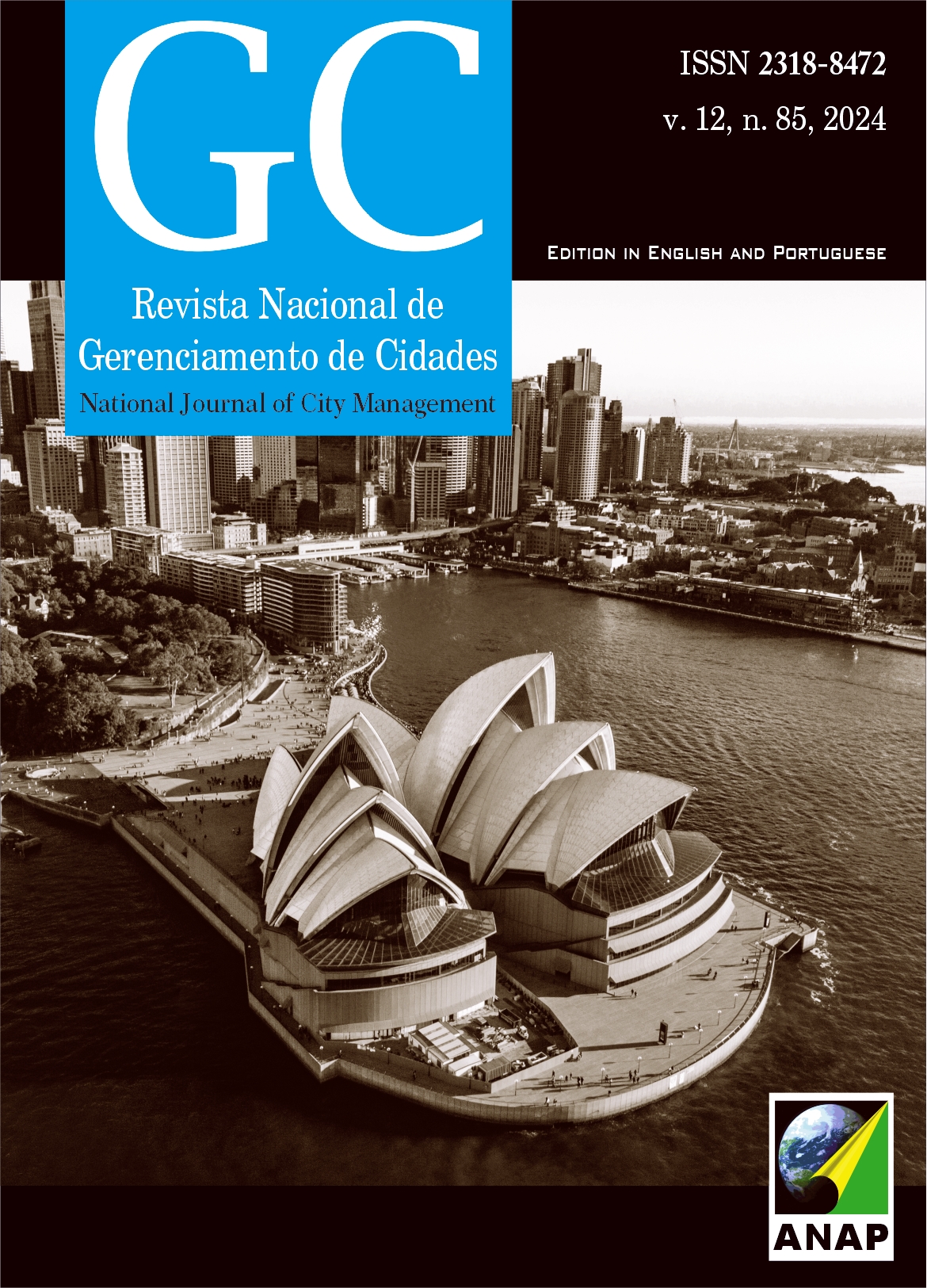Urban morphology of the Medina of Tangier, Morocco: Evidence of the Islamic and Portuguese invasions from the 15th to the 20th centuries
DOI:
https://doi.org/10.17271/23188472128520244833Palavras-chave:
Urban morphology, Urbanization Processes, Memory of urbanismResumo
This work aims to present aspects of the urbanization process by Arab and Portuguese colonizers in Tangier, an important Moroccan port city, located on the Strait of Gibraltar. By consulting bibliography and cartographic bases in a time frame from the 15th to the 20th centuries, we presented some hypotheses about the permanence of the ancient in current urbanism, identifying the most relevant architectural facts of the Medina of Tangier from the urban morphology point of view. Urban heritage is highlighted, including the urban march, the limits of the walls, the expansion axes, the new centralities, the military architecture, the religious architecture and the squares. Those are changes of use in historic buildings, and memories of European time that “reverberates” in the present. We conclude with a synthesis of the urban elements brought by the colonizers that contributed to its current architectural identity.
Downloads
Publicado
Edição
Seção
Licença

Este trabalho está licenciado sob uma licença Creative Commons Attribution-NonCommercial-ShareAlike 4.0 International License.















